Lenses First
As optical professionals, we start the design of your new eyewear by selecting different types of lenses. This is why online eyewear does not work for most patients. There are limits to frame selections based on your lens prescriptions.
Lens Styles

Single Vision
These lenses are great for young people who do not need any difference in their power for their different visual needs. The same glasses work for near, far, and in-between. They also are what we would recommend for those needing ‘reading only’ glasses.
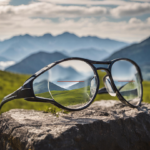
Bifocal
Invented by Ben Franklin, these types of lenses are old school but some of our patients still love them. The prescription for distance is on the top of the lens and a ‘window’ is fused to the bottom of the lens to provide near magnification. Although many feel the line is not as attractive, they like the wide reading viewing area.
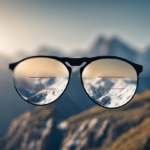
Trifocal
These three “window” lenses provide a viewing area for distance, a separate one for intermediate and one at the bottom of the lens for near. They have a line dividing each vision power. Since most labs are discontinuing offering this lens, it is becoming very costly to obtain. We would not recommend this design of lens; however, we realize some patients are used to them and are not ready to try to adapt to the progressive lens. As such, we do offer this lens.
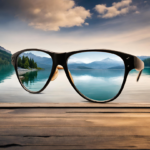
Progressive
These types of lenses are the most recommended due to their advanced design, allowing clear vision for near, far and everything in between—all without the unsightly lines on your lenses! Although many of our competitors exclusively offer “brand” names for this technology such as Essilor, Zeiss, Comfort, we proudly recommend exclusive designs that meet or beat the functionality of these branded products but provide much better pricing for you. Many brands charge a high “royalty” fee which gets passed onto customers who realize no value for the additional price. That said, if you are convinced a certain brand works better for you, we do have a relationship with Hoya lab and can usually obtain any lens you may require.
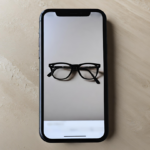
Anti-fatigue
The AF lens is a newer technology designed for those who use their eyes to view devices or long time near work but are not at the age that require special near prescriptions. The AF lenses provide a small “boost” of power at near to allow your eyes to relax with prolonged near viewing.

Blue Blocking
There are a lot of options out on the web for lenses that “block blue light” which are used to limit blue light exposure from digital screens. It is said blocking the blue makes your eyes more relaxed and helps regulate our sleep-wake cycle. The American Academy of Ophthalmology does not recommend blue light-blocking glasses because of the lack of scientific evidence they offer any benefits. Some patients feel it works for them. We offer ONLY the highest quality BLUE CUT lens technology. We do NOT offer the blue coats or filters that are prominently posted all over SM and online stores. These simply do not work or do not have enough filter to offer any help. The Blue CUT lenses we offer are actual LENS MATERIAL with UV blocking capabilities, not the over-hyped blue block coatings, AR, and filters.
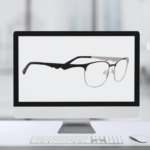
Computer or task-specific
Like progressive lenses, the computer lens design offers optimal viewing for intermediate tasks as well as near. One could wear their progressive lenses while working on the computer, but it is not recommended if you spend more than 1-2 hours per day doing computer tasks. The reason is because, to access your intermediate power on your progressive, you would need to tip your head up/back. Doing this for an excessive amount of time will give you neck pain. Also, the viewing width on a progressive is at its narrowest when using it for intermediate use. A computer lens is designed to give you the full lens at the horizontal median and above for your computer viewing and below that for near. It is extremely comfortable to wear at the computer for hours. But do not let that cause you to not take a break!
*this page uses Canva.com AI images created for Cascadia Eye.


